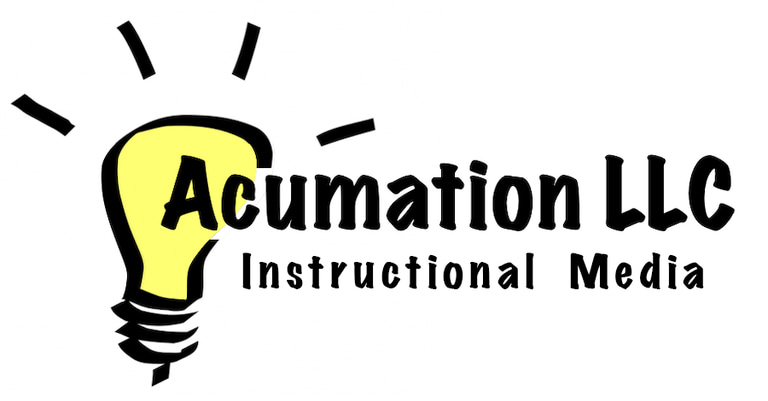About
Instructional media includes any material that can be used to disseminate educational content or facilitate learning. This can range from traditional media like books and blackboards to more modern forms like digital platforms, videos, simulations, and interactive software.
Print Media:
Textbooks: Fundamental in traditional education.
Workbooks: Provide exercises and practical activities.
Handouts: Supplementary material for in-class use.
Audio Media:
Podcasts: Audio recordings on various subjects.
Audio Books: Narrated versions of textbooks or educational books.
Visual Media:
Charts and Posters: Visual aids that can simplify complex information.
Slideshows (e.g., PowerPoint): Commonly used for presentations.
Audio-Visual Media:
Videos: Educational films, documentaries, or recorded lectures.
Multimedia.
Digital Media:
E-books: Electronic versions of textbooks and other educational literature.
Webcasts and Live Streams: Real-time or recorded lectures and courses.
What's in a Name?
In the communication business, two human faculties stand out as the cornerstones of creativity and problem-solving —acuity and imagination, or as we like to call it: “Acumation.”
Acuity refers to the sharpness of our mental faculties, particularly our ability to perceive details, understand complex concepts, and make precise judgments. It is the cognitive skill that allows us to see the world as it is, in all its intricacy and nuance.
If acuity is about perceiving the world as it is, imagination is about envisioning the world as it could be. Imagination is the capacity to transcend the present, to conjure up new ideas, and to explore possibilities that do not yet exist. It is the creative force that allows us to dream, to innovate, and to bring about change.
This dynamic interplay between acuity and imagination is evident in many of the greatest achievements in human history. From the invention of the printing press to the creation of the internet, from the masterpieces of Michelangelo to the theories of Einstein, it is the combination of sharp perception and bold creativity that has driven progress.
Whether in the classroom, the workplace, or the community, consulting with Acumation LLC will lead to greater innovation, deeper understanding, and more meaningful communications.
